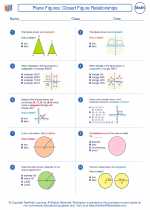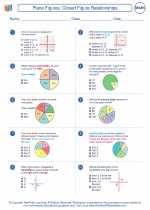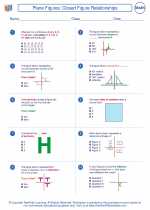Bar Chart
A bar chart is a graphical representation of data that uses bars of different heights to represent the frequencies or values of different categories. It is a useful tool for visually comparing and analyzing data.
Components of a Bar Chart
1. Bars: These are the vertical or horizontal rectangular bars that represent the data values for each category.
2. Axes: The horizontal (x) and vertical (y) lines that define the scale and value of the chart.
3. Title: A descriptive title that provides information about the data being represented.
4. Labels: Labels for the x-axis and y-axis to indicate the categories and values being represented.
Creating a Bar Chart
To create a bar chart, follow these steps:
- Identify the categories or groups that you want to represent on the chart.
- Collect and organize the data values for each category.
- Select a suitable scale for the axes and plot the bars for each category according to their respective values.
- Add a title and labels to make the chart easy to interpret.
Interpreting a Bar Chart
When interpreting a bar chart, pay attention to the following:
- Height of the bars: Compare the heights of the bars to understand the relative values or frequencies of the categories.
- Labels: Read the labels on the axes to understand the categories and their corresponding values.
- Trends: Look for any patterns or trends in the data that the bar chart may reveal.
Study Guide
To study bar charts effectively, consider the following tips:
- Practice drawing and interpreting bar charts using different sets of data.
- Understand the importance of scale and how it can impact the interpretation of the chart.
- Learn to identify outliers or unusual patterns in the data represented by the bar chart.
- Explore real-life examples of bar charts used in fields such as economics, science, and social studies.
By mastering the creation and interpretation of bar charts, you can enhance your data analysis skills and gain valuable insights from graphical representations of data.
[Bar Chart] Related Worksheets and Study Guides:
.◂Math Worksheets and Study Guides Seventh Grade. Plane Figures: Closed Figure Relationships

 Worksheet/Answer key
Worksheet/Answer key
 Worksheet/Answer key
Worksheet/Answer key
 Worksheet/Answer key
Worksheet/Answer key
